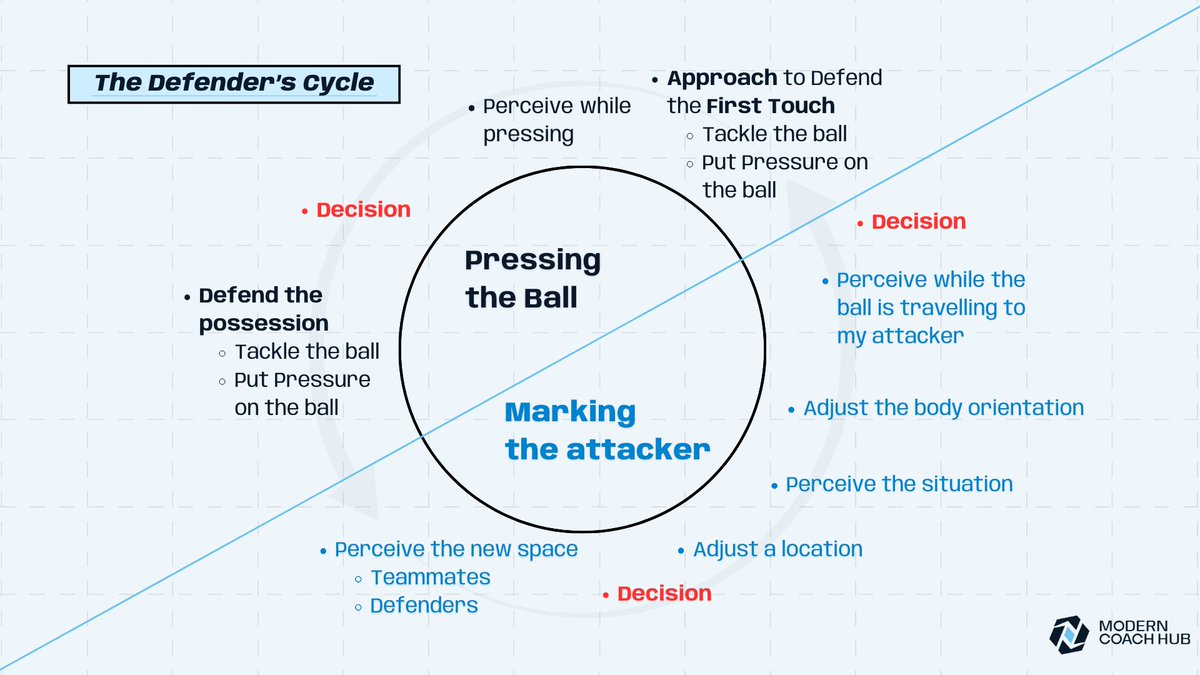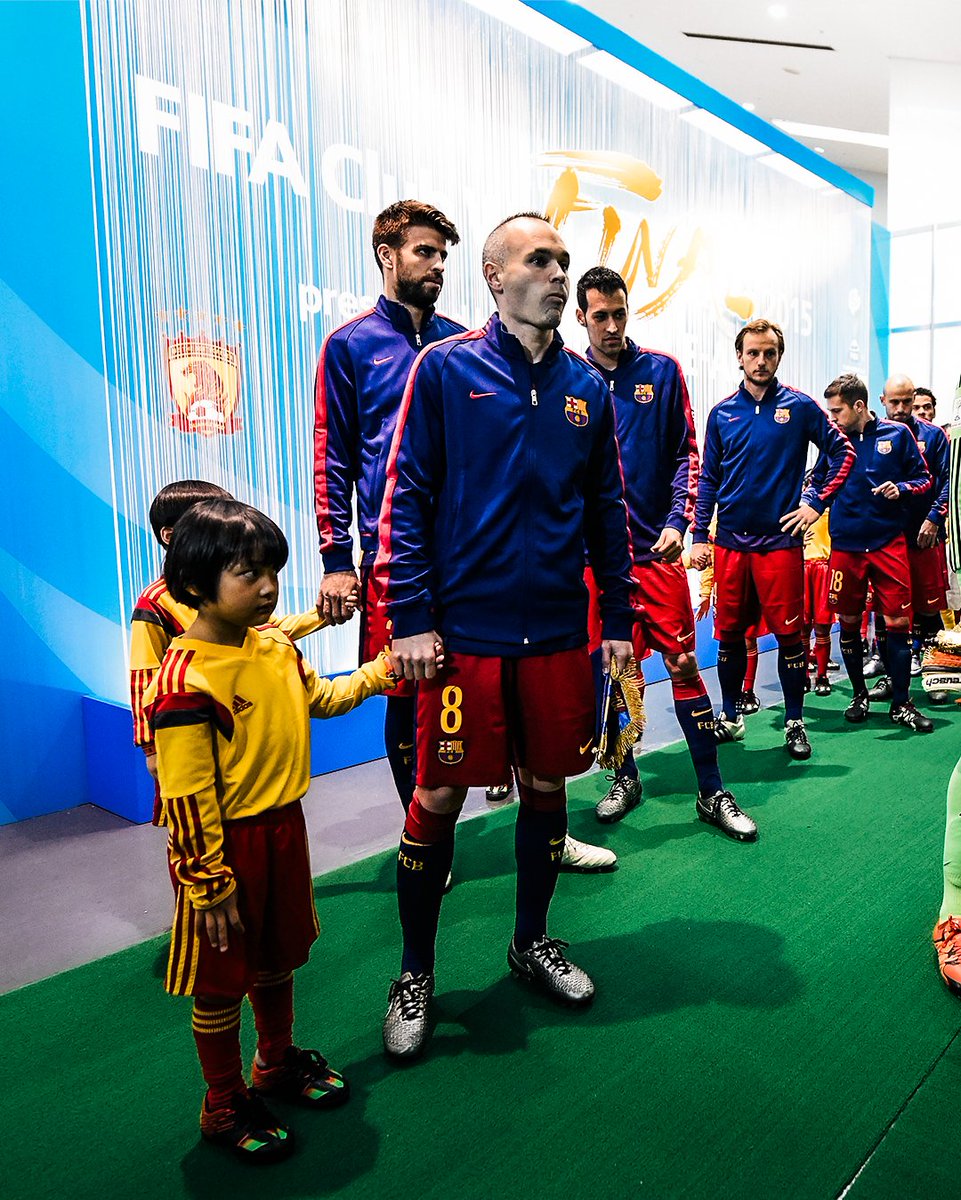
Bernat Mosquera
@bernatme6
@LASK_Official Ex- @ctfa_football, @CESabadell B, Chinese FA🇨🇳
| UEFA A | Coaching Education | Elite Player Performance Analyst
ID: 525335787
https://modern-coach-hub.teachable.com/p/final-third-actions 15-03-2012 12:42:02
988 Tweet
5,5K Followers
484 Following




















